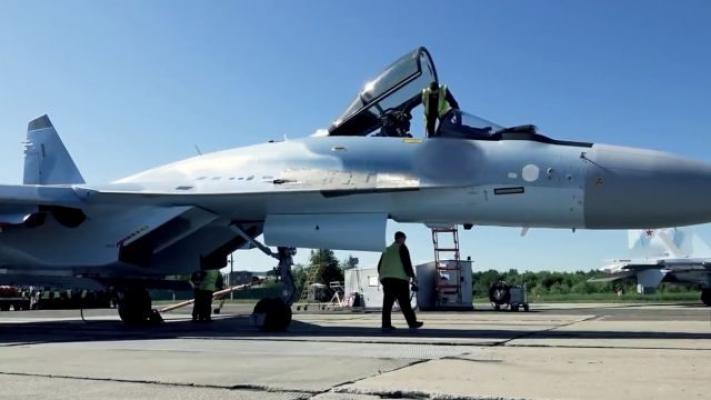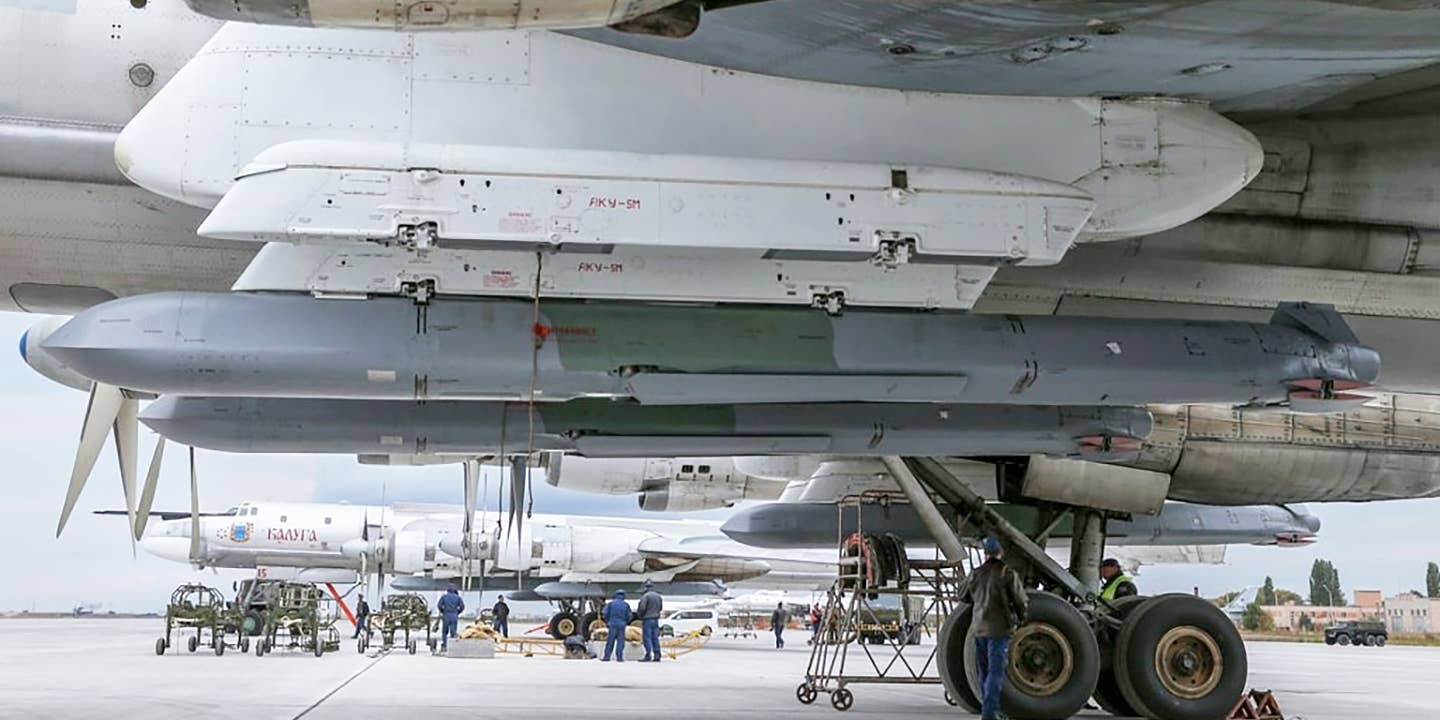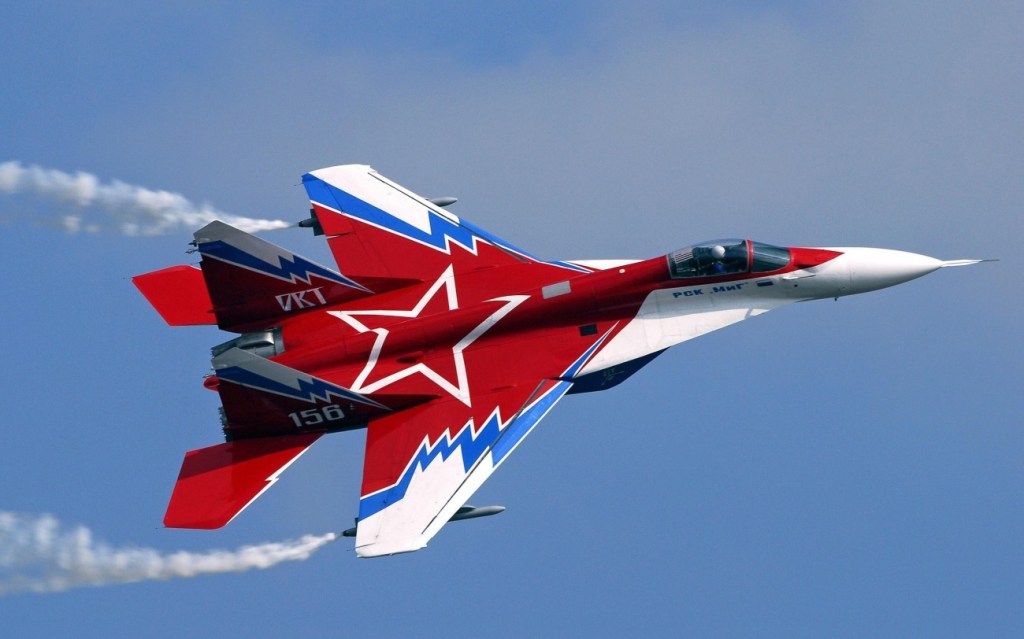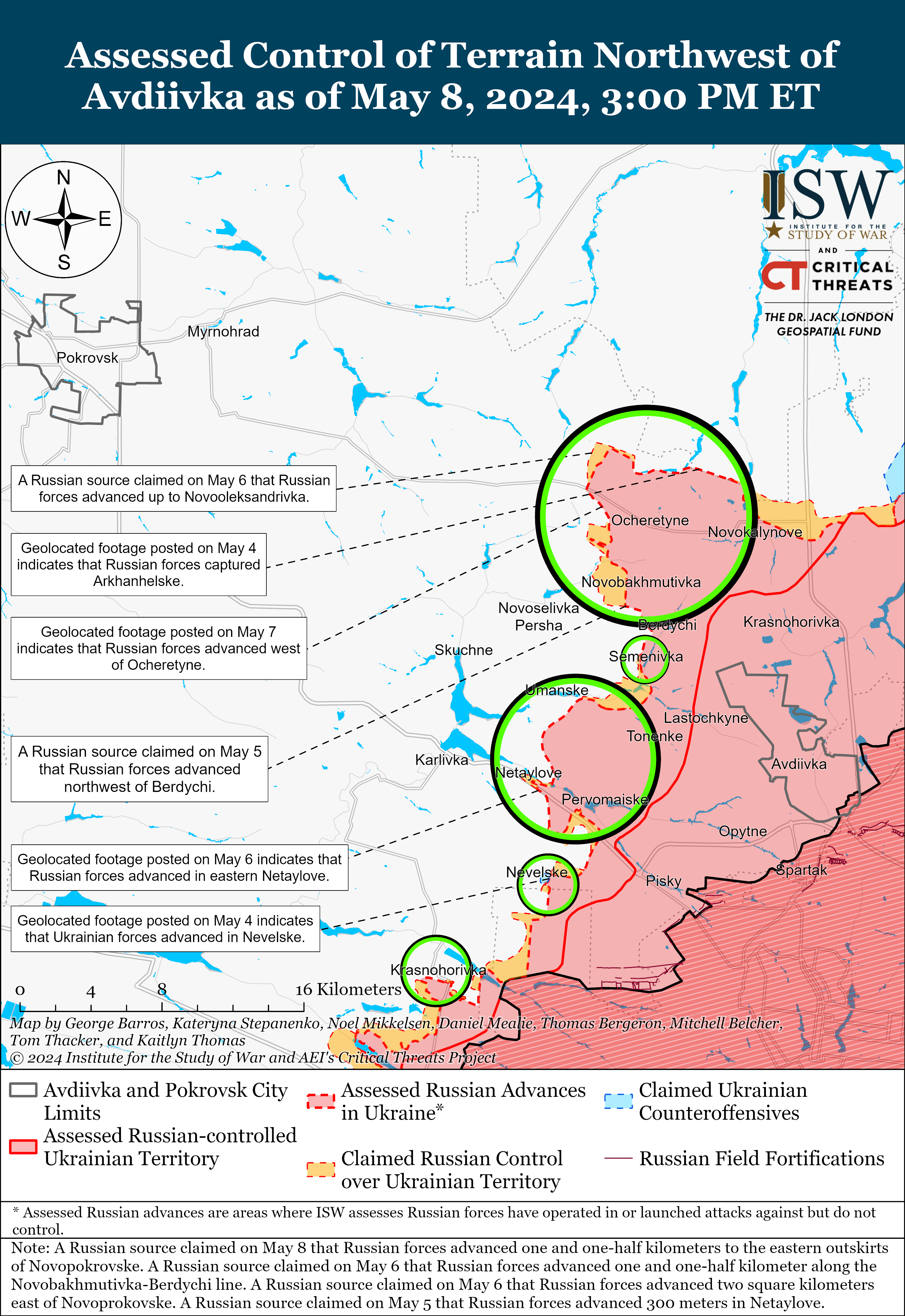The Su-35S is recognized as a highly evolved variant of the Soviet-era air superiority fighter, the Su-27. This aircraft is a product of the ingenious minds at Russia’s Sukhoi Aviation Corporation, embodying the true essence of a versatile fighter. The ‘S’ tagged in Su-35S translates to ‘Seriyniy’ or ‘production’ in English, indicating its status as a production model.
Russian Air Force augmented by two Su-35S jets supplied by United Aircraft Corporation
WORLD 09 May 2024 - 20:03
According to a post circulating on the UAC website, “the Aviation Plant in Komsomolsk-on-Amur has produced and successfully delivered new Su-35S aircraft to the Russian Ministry of Defense.” These cutting-edge 4++ generation fighters completed a range of ground and flight tests under various modes before departing from the KnAAZ airport and heading to their primary base, the corporation highlighted.
On a reassuring note, the Director General of UAC, Yury Slyusar, declared that the Komsomolsk-on-Amur Aviation Plant is meeting its production schedule as part of their 2024 program. Slyusar emphasized that the company is consistently fulfilling its commitments related to aircraft delivery, and is concurrently preparing new production batches of Su-35 and Su-57 fighters.
First batch
On April 12, the Komsomolsk-on-Amur Aviation Plant achieved a significant milestone by completing the delivery of the inaugural batch of Su-35S fighters to our Ministry of Defense. A video recording from the plant revealed just a pair of these advanced combat aircraft. The high-tech quality of the fighters is a product of extensive overhauls in the plant’s production design, as mentioned by Slyusar.
Just a month prior, the Russian Ministry of Defense aired footage of a Su-35S on an operational flight assigned to the Russian Air Force. This mission showed Su-34 bombers, guided by Su-35s, successfully targeting and eliminating a Ukrainian Armed Forces command post and personnel before safely returning to the base.
Iran is waiting for its Su-35s

- Numerous foreign media outlets, such as Kuwait’s Al-Jarideh newspaper, claimed that Iran has already stationed its Su-35s domestically. However, the fighters are reportedly grounded due to a delay in the delivery of “essential parts” from Russia.

As Khabar Online pointed out, Russia’s reluctance to supply the crucial elements of the Su-35 to Iran is reportedly due to opposition from Israel and the southern Persian Gulf nations.
This hesitation has confined Iran’s use of these fighters to training drills and short-range missions. Despite these constraints, Putin implied a possible shift in this policy, suggesting Russia’s potential readiness to provide these components, according to Khabar Online’s report.
The upgraded Su-27
The Su-35S is recognized as a highly evolved variant of the Soviet-era air superiority fighter, the Su-27. This aircraft is a product of the ingenious minds at Russia’s Sukhoi Aviation Corporation, embodying the true essence of a versatile fighter. The ‘S’ tagged in Su-35S translates to ‘Seriyniy’ or ‘production’ in English, indicating its status as a production model.

Significant deviations from the base Su-35 model can be observed in the Su-35S, particularly in its fundamental features. Its reputation for having an enhanced airframe comes from the extensive use of composite materials designed to enhance maneuverability and reduce weight. An upgraded avionics suite sets it above the original Su-35. And the highlight of it all—the incorporation of thrust-vectoring engines that provide superior speed and agility.
Drilling down to specifics, the Su-35S has a length of 21.9 meters, a wingspan of 15.3 meters, and stands 5.9 meters tall. The aircraft excels with a maximum takeoff weight of 34,500 kg and achieves a maximum speed of 2,500 km/h at altitude. Under its hood, two Saturn AL-41F1S afterburning turbofan engines power this beast, each producing a staggering 142 kN of thrust.
Su-35 equipment and armament
Taking a closer look at the Su-35S, one finds it brimming with advanced avionics. Its standout feature is undoubtedly the Irbis-E passive electronically scanned array radar system. This impressive tech can track multiple targets simultaneously over an astounding range of up to 400 km for aerial adversaries. Further enhancing its defense arsenal, the aircraft is equipped with the OLS-35 optical locator system, which offers key infrared search and track capabilities.
Shifting our focus to armaments, the Su-35S certainly doesn’t skimp on firepower. It provides room for 12 hardpoints accommodating a diverse range of air-to-air and air-to-surface weaponry. This includes R-77 and R-73 air-to-air missiles, Kh-31 anti-ship missiles, along with an array of guided and unguided bombs. The aircraft is even equipped with a 30 mm GSh-30-1 autocannon, showcasing its prowess in close-range combat scenarios.
Lastly, we should not overlook the range of the Su-35S—it’s considerably impressive. The aircraft boasts a range of 3,600 km on internal fuel alone. This can be enhanced with the addition of drop tanks or in-flight refueling, underscoring the aircraft’s remarkable range. This allows it to undertake long-distance missions, reducing the need for frequent refueling, and ultimately saving precious time.
Caliber.Az







No comments:
Post a Comment